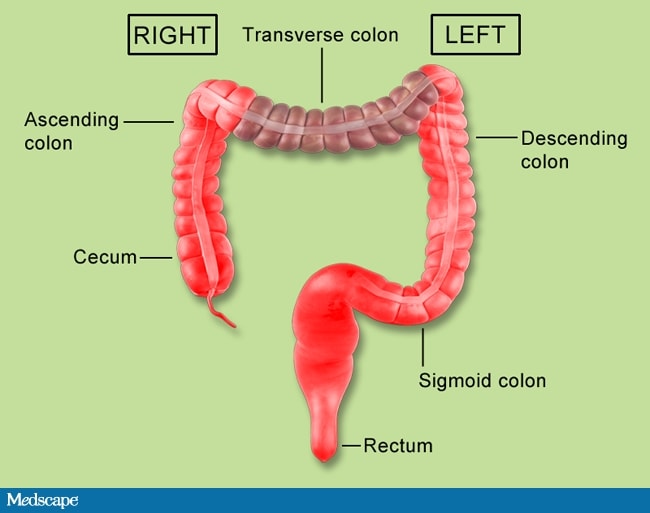

The process surrounding the beginning of the descending colon is caused by extension of a malignant pancreatic carcinoma into the phrenicocolic ligament along the lateral aspect of the transverse mesocolon.

This is a beautiful example of the colon cutoff sign demonstrated by a single contrast barium enema in a patient with acute pancreatitis. The cutoff in this instance is quite straight, but in most patients there is usually a sharp transition from dilated transverse to decompressed descending colon. The colon cutoff sign in the splenic flexure is obvious in this patient with acute pancreatitis. As the inflammatory process spreads along this ligament it comes into contact and spreads the inflammatory process to the splenic flexure and proximal descending colon resulting in a reversible stricture caused by a combination of swelling and spasm. This ligament is called the phrenicocolic ligament because it is connected to the diaphragm (phrenic) on the one end and the colon on the other. The colon cutoff sign ( Pickhardt) is a characteristic finding in patients with pancreatitis where the inflammatory process extends along the tail of the pancreas to the left side where it comes into contact with a triangular ligament that connects the left colon to the diaphragm- just to the left of the lateral aspect of the transverse mesocolon. In this normal double contrast study, the splenic flexure has a steep climb to its mountain top position and then an almost 180 degree turn as it begins its steep descent. Note its cranial position – it is the highest point of the colon in the abdominal cavity. The splenic flexure in this single contrast barium enema is relatively short and almost a 90 degree turn. Like the hepatic flexure it can also vary in length and at its longest can be quite redundant with similar radiological difficulties to uncoil it during a barium enema. It is attached to the diaphragm by the phrenicocolic ligament. Its drainage is via the corresponding mesenteric veins into the SMV and then portal circulation. It is the embryological junction point between the midgut and hindgut, and is the watershed of two circulations so that it is the border where the circulations of the SMA and IMA meet. The splenic flexure is the junction between the transverse colon and the descending colon and is usually the most cranial portion of the colon.


 0 kommentar(er)
0 kommentar(er)
